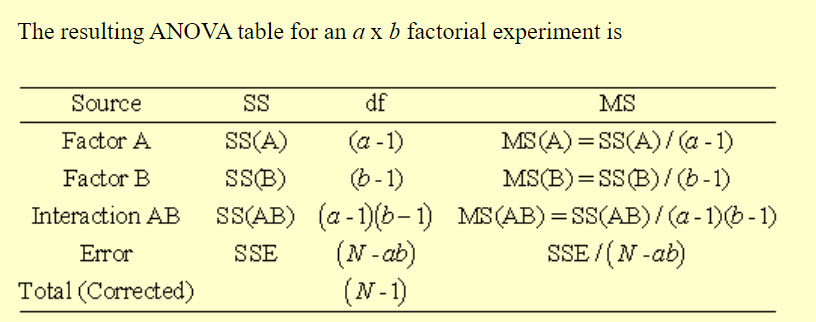Your cart is currently empty!
Where Do Those Six Sigma Statistics Come From?
A student of mine had numerous questions about the various statistics used in Six Sigma. Here is my response to him in an open email:
The questions you are asking regarding “Where do these statistics come from?” require entire courses in statistics to answer. In Lean Six Sigma we take information from a dozen or so statistics courses, project management courses, psychology courses, business courses, mathematics courses, etc. and put it into an action framework that can be used to make fast improvements. We probably present less than 10% of the information you would receive if you sat through all of these courses, but we do so in less than 5% of the time it would take to complete all of these courses. It’s a tradeoff. We make the greatest compromises in the field of statistics. We discuss the use and interpretation of a select subset of statistics, and answer the question “where do these statistics come from?” by saying “they come from computer software.” While most are satisfied with this answer, some find the answer to be most unsatisfying. Judging from your questions, I suspect you are in the latter group.
Assuming you don’t have the time or the desire to take all of the courses relating to the Lean Six Sigma body of knowledge, but still seek answers to the specific statistics you asked about, I recommend the E-Handbook of Statistical Methods. This reference source is free and very comprehensive. It’s easy to search and will give you the answers you seek. For example, I searched on the term sum of squares, which you asked about, and the search returned pages on the half-normal probability plot (your question about fig. 10.26,) 1-way ANOVA (several of your question were about these calculations), and several other related topics. A search on ss interaction provides answers to your question about the calculation of this intermediate statistic.

Sorry I can’t address all of your questions via email, but perhaps the reference above will start you on your way to answers. I had the same questions when I started learning about quality improvement nearly 45 years ago, and I am still looking for answers to questions today. Have fun!

Leave a Reply